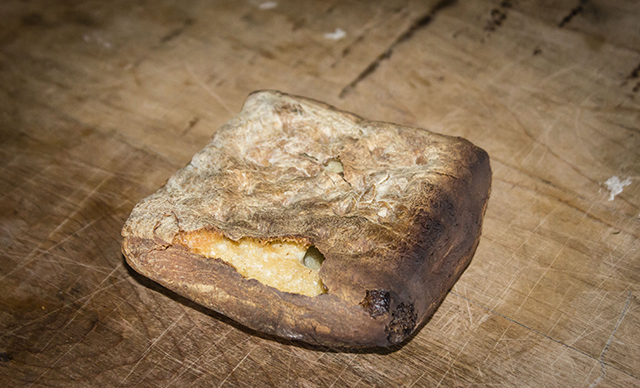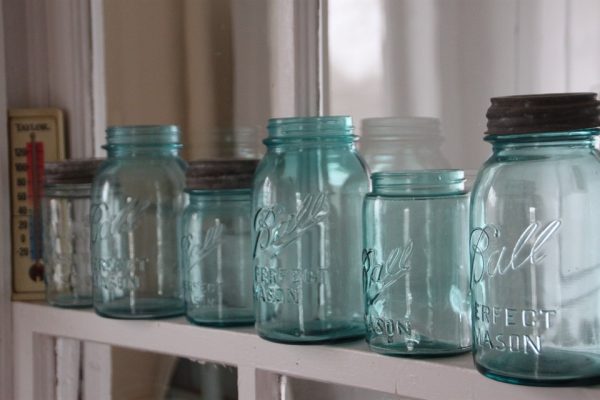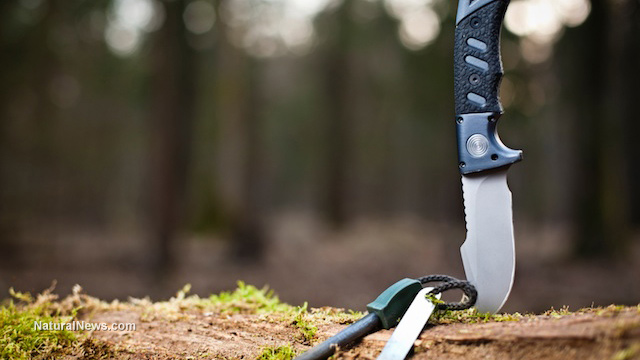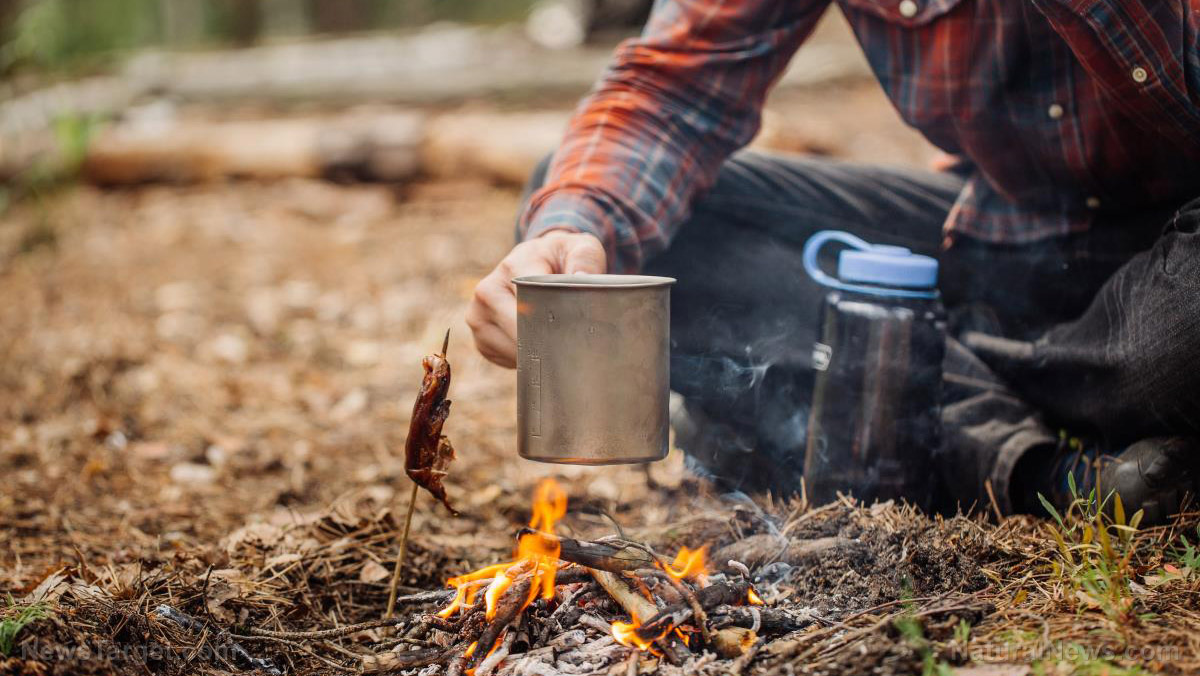Mention the phrase “survival food” and you’ll most likely think of foods sealed in #10 cans. Those are good and all, but the most they’ll last you are a few years. A true-blue survival food item is one that can last you the long haul, around a couple of decades or so. Impossible? Not at all. That’s something that hardtack can do.
What is hardtack?
The hardtack is a simple cracker or biscuit made from three ingredients: water, flour, and sometimes salt. This bare-bones recipe is a combination that’s seen countless men through military campaigns, land excursions, sea voyages. You could call it the big brother to MREs and C-rations because that’s what it was – up until World War I.
Its precise history is unknown, but it’s believed that hardtack’s origins go as far back as prehistory. According to BiscuitPeople.com, prehistoric people may have begun making hardtack (or a variation of it) when they discovered how to bake. Six-thousand-year-old unleavened biscuits found in Switzerland support this idea. From there, hardtack has been made and consumed by ancient Romans, by Christopher Columbus and his crew, by Lord Nelson’s troops, and by soldiers fighting both sides of the American Civil War. As for its name, historians state that the first people to refer to hardtack as “hardtack” were the soldiers of the Army of the Potomac, the Union’s primary army in the east.
Though undoubtedly useful for lengthy journeys, the hardtack wasn’t exactly a beloved staple during its time. Creating hardtack entailed drying it of all its moisture to leave behind a very hard biscuit — so hard that eating it raw was a surefire way to crack your teeth or mess up your jaw. Back then, the only ways you could safely eat hardtacks were to soak them (in coffee or beer), fry them (to make hardtack pancake), or break them apart with your rifle butt.
Still, even with the extra steps needed just to eat it, hardtack is a food deserving of a slot in your survival food supply. They can’t be beaten when it comes to shelf life and durability. They go great with coffee, soups, and stews, and they’re really easy to make. (Related: Prepper food: Two breads you can stockpile and make in your own home.)
How to make hardtack
Stick to basics and gather the following ingredients:
- 3 cups flour
- 1 cup water
- A few pinches of salt
You’ll need these tools as well:
- A large mixing bowl
- A cookie sheet
- A rolling pin
- A knife or dough-cutting blade
- A skewer
Now, here’s how you can make hardtack:
- Start by preheating your oven to 375 degrees Fahrenheit.
- Mix the dry ingredients (flour and salt) in the bowl.
- Gradually add water in small amounts while kneading the dough. Do this until you come up with a dough that no longer sticks to your hands. If the dough is still sticky, just add a bit of flour.
- When the dough has become a solid ball, dust a smooth work surface with flour and place it there.
- Use the rolling pin to flatten the dough into a half-inch-thick square
- Once you’ve achieved a flat piece of dough, place it on the cookie sheet and cut it into squares each the size of a graham cracker.
- Poke evenly spaced holes into each biscuit using the skewer.
- Bake the biscuits for 25 to 35 minutes, or until their surfaces begin to brown. Take them out and turn them over to bake the other side.
Remove them from the oven and allow them to cool completely. If you live in a dry climate, you can leave them out for a few days to remove all moisture. You’ll know your batch of hardtack is done when each biscuit has the consistency of a brick.
To store your hardtack, you can opt to either vacuum seal it or use a combination of mylar bags, desiccants, and metal containers. Your goal when storing hardtack is to keep it as dry as possible and to prevent it from being eaten by pests.
As for actually eating hardtack, you should never go at it without softening it up first. You can do this by soaking your hardtack in any liquid of your choice (usually coffee, milk, or water), throwing it in into gravy or stew, or simply frying it. You can also just break off a small piece and soften it in your mouth by letting it sit there a while. This method doesn’t use too many resources, but it will leave your mouth feeling a lot dryer. So make sure that you always have water on hand if you decide to take the spartan approach to eating hardtack.
Go to Preparedness.news for more survival recipes, lists, and guides.
Sources include:
SkilledSurvival.com
WarOnTheRocks.com
BiscuitPeople.com



















